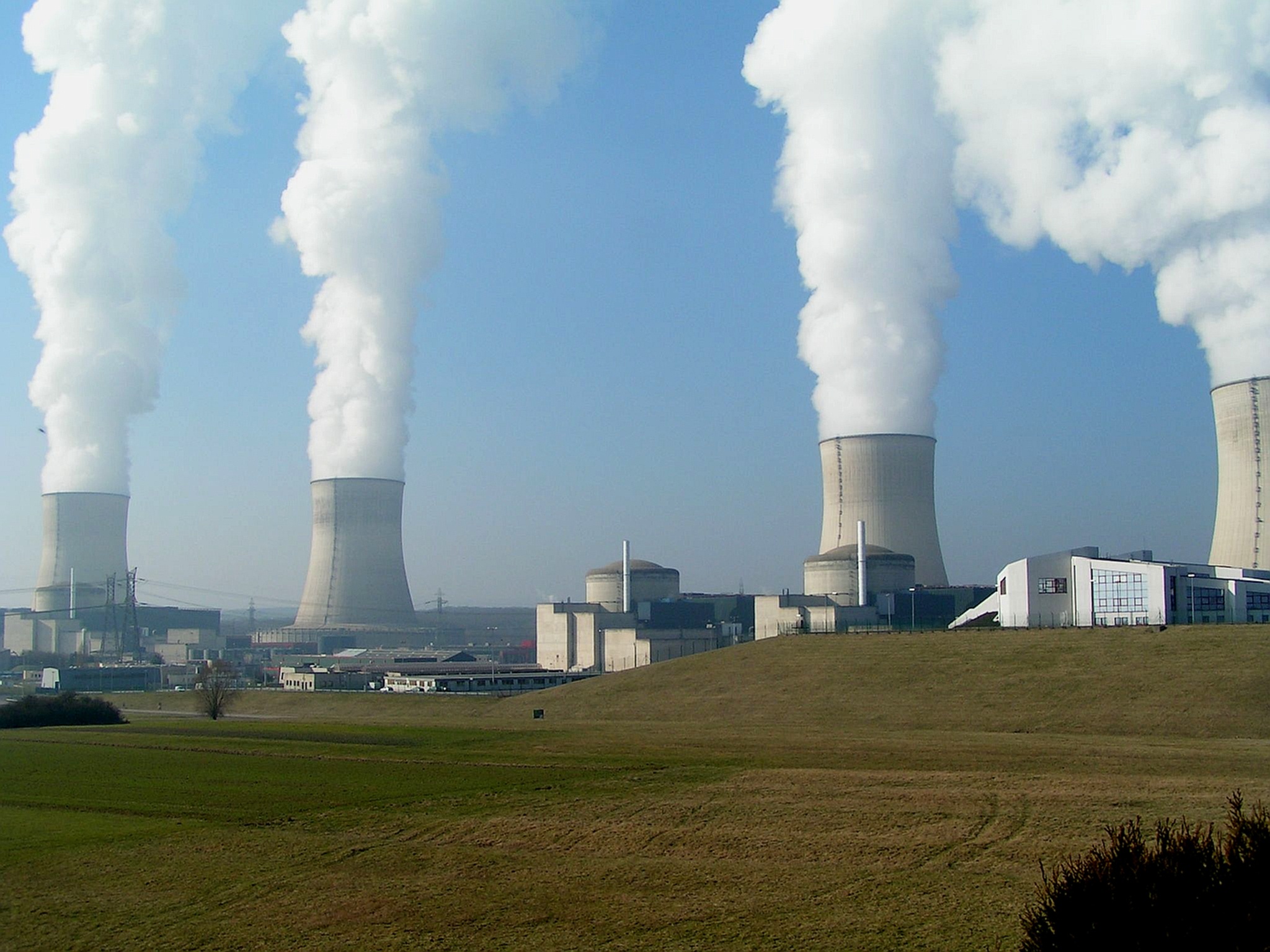In the complex tapestry of international relations and military strategy, the term “nuclear warning shot” signifies a profound escalation in the rhetoric of deterrence. It conjures an image of a nuclear-capable power flexing its might, akin to a predatory beast displaying its fangs before engaging with rivals. This concept may seem abstract at first glance—a mere phrase in a lexicon populated by treaties and geopolitical maneuvers—but it encapsulates an intricate interplay of power dynamics and existential threats that shape our contemporary world.
At its core, a nuclear warning shot is a calculated demonstration of military capability intended to convey a message to adversaries without engaging in outright conflict. This might manifest through various means: a test launch of a ballistic missile, a display of nuclear capabilities during military exercises, or even covert movements of nuclear assets intended to create uncertainty in the minds of potential aggressors. The essence of a nuclear warning shot is its dual nature—it is both a provocation and an olive branch, a signal of preparedness entwined with the hope for de-escalation.
The metaphor of a “warning shot” derives primarily from conventional military parlance. In traditional warfare, a warning shot might be fired to signal an adversary to halt aggressive actions without crossing the precipice into violence. In the realm of nuclear armament, however, the stakes are incomparably higher. The concept commands a gravity that transcends mere posturing; it invokes the specter of mutually assured destruction that has defined the nuclear age since mid-twentieth century.
The ramifications of issuing a nuclear warning shot are profound. It is not just a test of bombs and missiles; it is a test of nerve and will. The act of demonstrating nuclear capability can induce a psychophysical reaction in rival nations, a ripple effect that reverberates through the intricate tapestry of alliances, enmities, and perceptions. The parties involved must navigate a precarious path—misinterpretation or miscalculation can lead to irreversible consequences. Unlike traditional forms of military signaling, the nuclear warning shot exists in a realm where the threshold for engagement is nebulous, and the consequences of miscommunication can be catastrophic.
Given the magnitude of these implications, one must consider the historical context that birthed the nuclear warning shot into the global consciousness. Events such as the Cuban Missile Crisis serve as salient examples of how nuclear posturing can oscillate between brinkmanship and diplomacy. In 1962, the world stood at the precipice of nuclear annihilation, with nations engaged in an intricate dance of threats and negotiations. The Soviet Union’s placement of ballistic missiles in Cuba was intended as a potent warning shot aimed at the United States, a formidable declaration of power that escalated tensions to an apocalyptic crescendo.
One cannot ignore the psychological dimensions embedded within the concept of a nuclear warning shot. It is a manifestation of deterrence theory, a strategic construct posited by theorists such as Thomas Schelling, who recognized the power of communication in shaping the behavior of states. The act of a warning shot transitions the dialogue from overt war to an elaborate game of chess, where each move is calculated not only based on empirical capabilities but also on the perceived intentions and reactions of the opponent. This underscores a haunting truth: that power often rests not in the weapon itself but in the mind of the adversary.
The implications of nuclear warning shots transpire significantly in the current geopolitical climate. Nations such as North Korea and Iran have gestured toward this form of signaling as they pursue nuclear capabilities. Their actions resonate on multiple levels—while they may be intended to galvanize national pride or secure regime survival, they also incite fear and caution among existing nuclear powers. The international community watches with bated breath; each missile test or nuclear exercise reverberates across borders, compelling strategic recalibrations among nations hesitant to provoke or embolden adversarial behavior.
Furthermore, the evolution of technology and military strategy has both simplified and complicated the execution of nuclear warning shots. The introduction of advanced delivery systems and precision-guided munitions has created a new paradigm in which the distinction between conventional and nuclear warfare has blurred. The increased frequency of cyber warfare as a tool of statecraft has also added layers of complexity to the traditional notion of a warning shot, allowing for covert means of signaling without overt exhibition of military force. This proliferation of capabilities breeds a sense of uncertainty, demanding greater vigilance and adaptability from state actors.
Ultimately, the nuclear warning shot serves as a conceptual fulcrum, balancing a nation’s desire to assert its resolve while simultaneously navigating the treacherous waters of diplomacy and psychological warfare. It is a gambit not to be taken lightly—one that requires acute awareness of both one’s capabilities and the perceptions of others. In an era where minor provocations can spiral into monumental crises, the notion of a nuclear warning shot embodies the perilous ethos of our time. It cautions against the fragility of peace, inviting us to reflect on the delicate interdependencies and moral imperatives that govern our global society.
In conclusion, the nuclear warning shot emerges as a formidable symbol of power, tension, and the intricate interplay of human decision-making. It is a solemn reminder that, while the weapons may be forged in steel and enriched uranium, the true battlefield lies within the minds of leaders and the hearts of nations. The ambition for power, tempered by the desire for survival, continues to define our collective existence in a world where the specter of nuclear engagement looms large and ever-present.












